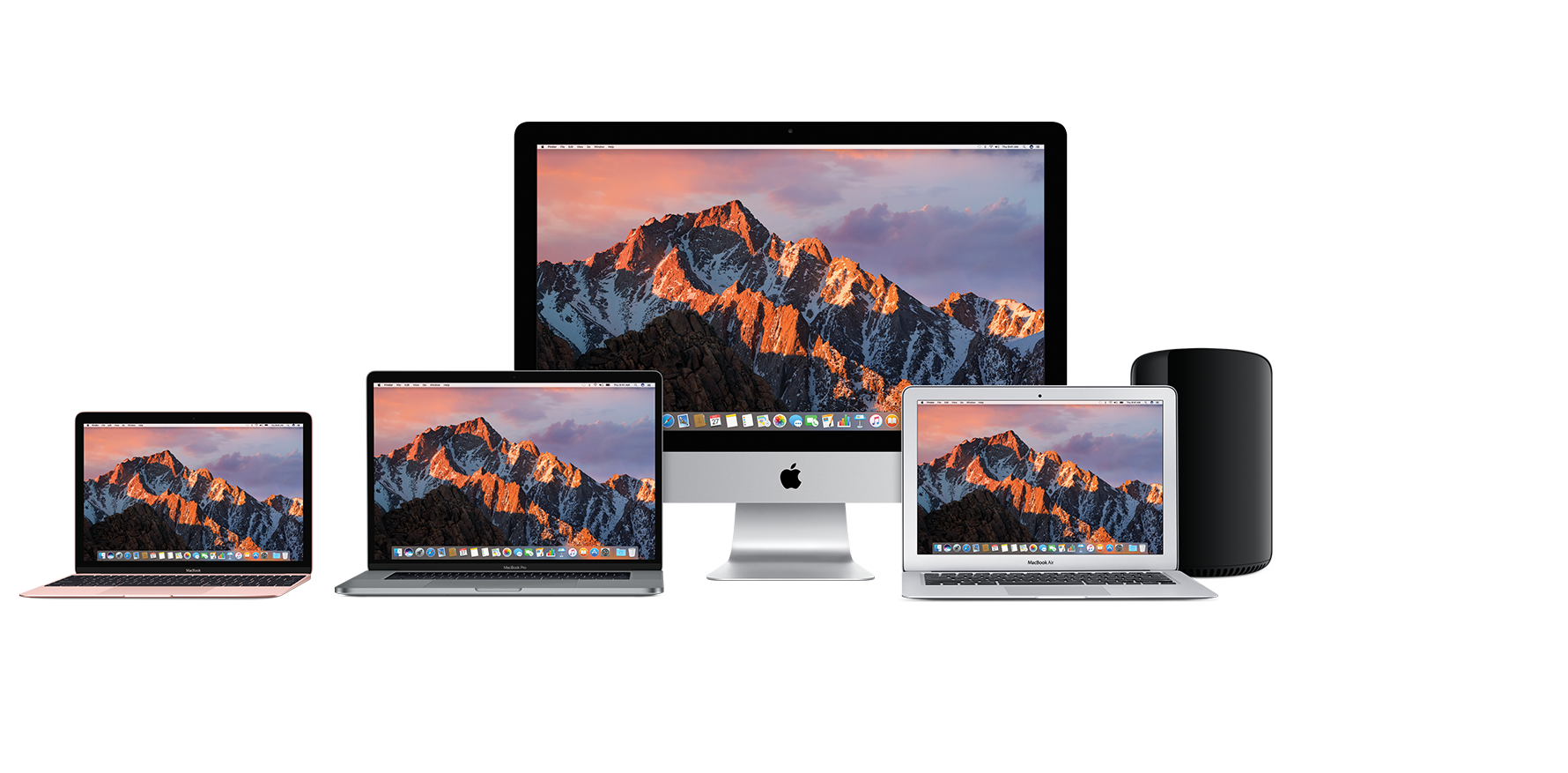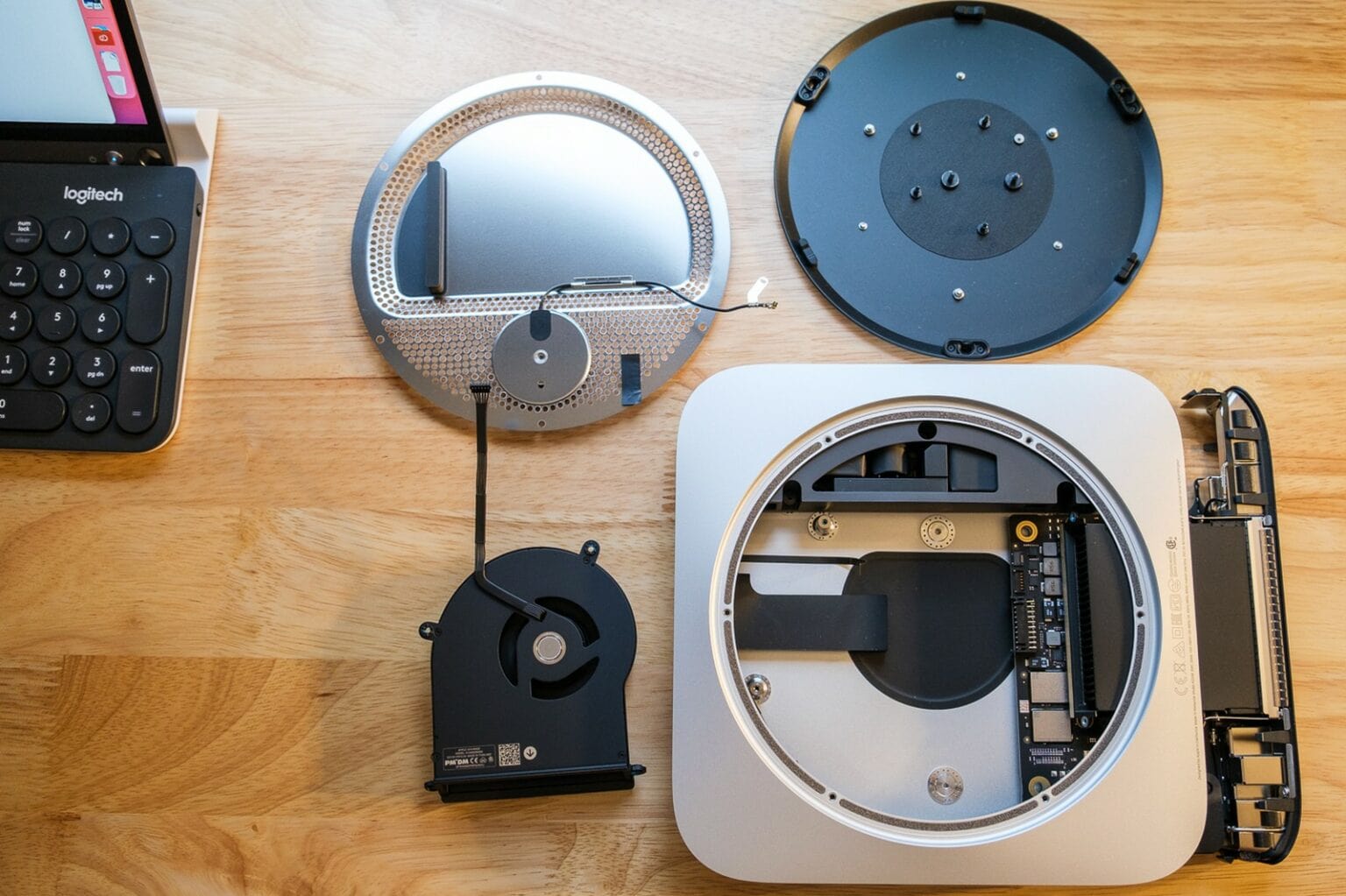

Terminate iMOnTime 4.0.1 process(es) via Activity Monitorīefore uninstalling iMOnTime 4.0.1, you’d better quit this application and end all its processes. To fully get rid of iMOnTime 4.0.1 from your Mac, you can manually follow these steps: 1.

You should also be aware that removing an unbundled application by moving it into the Trash leave behind some of its components on your Mac.
Imontime mac mac#
Mac users can easily drag any unwanted application to the Trash and then the removal process is started. Thus, different from the program uninstall method of using the control panel in Windows,
Imontime mac mac os x#
Most applications in Mac OS X are bundles that contain all, or at least most, of the files needed to run the application, that is to say, Manually uninstall iMOnTime 4.0.1 step by step: Continue reading this article to learn about the proper methods for uninstalling iMOnTime 4.0.1. Removing all its components is highly necessary.
Imontime mac full#
But if you are trying to uninstall iMOnTime 4.0.1 in full and free up your disk space, The settings of this program still be kept. Still remains on the hard drive after you delete iMOnTime 4.0.1 from the Application folder, in case that the next time you decide to reinstall it, Generally, its additional files, such as preference files and application support files, When installed, iMOnTime 4.0.1 creates files in several locations. Instead of installing it by dragging its icon to the Application folder, uninstalling iMOnTime 4.0.1 may need you to do more than a simple drag-and-drop to the Trash. IMOnTime 4.0.1 is a third party application that provides additional functionality to OS X system and enjoys a popularity among Mac users.
Imontime mac software#
Unlike the software developed for Windows system, most of the applications installed in Mac OS X generally can be removed with relative ease. In addition to lung disease, MAC can also cause an infection that spreads throughout the body, usually in people with advanced AIDS, called disseminated MAC disease, as well as a swelling in the lymph nodes called lymphadenitis that is most common in young children.įor more information about MAC lung disease symptoms, diagnosis and treatment, see our pages on nontuberculous mycobacterial lung disease.ĭevelopment of this educational content was supported by a collaborative sponsorship from Insmed Incorporated.How to Uninstall iMOnTime 4.0.1 Application/Software on Your Mac.MAC lung disease treatment usually involves a combination of antibiotics taken over an extended period of time.MAC lung disease diagnosis includes a clinical exam, a chest x-ray or CT scan and a lab culture of sputum from your lungs.Symptoms may persist or worsen despite being treated for another lung condition. Common signs and symptoms of MAC lung disease include fatigue, chronic cough, shortness of breath, night sweats, coughing up blood and weight loss.MAC infection is a serious condition that can cause damage to the lungs.Postmenopausal women and people over 65 years old are also more likely to develop MAC lung disease than the general public. These groups include people living with lung disease such as bronchiectasis and COPD, and people with a weakened immune system because of an autoimmune disorder or medical treatment such as drugs that compromise immunity. Most of the time they cause no harm, but they can cause infection in groups with certain risk factors. MAC organisms are common in soil and water and are easily inhaled during daily activities. MAC is one of a large group of nontuberculous mycobacteria (NTM), and the most common cause of NTM lung disease in the U.S. MAC includes two closely related species, Mycobacterium avium and Mycobacterium intracellulare, and may also be referred to as MAI.

MAC lung disease is an infection caused a group of bacteria called Mycobacterium avium complex (MAC).


 0 kommentar(er)
0 kommentar(er)
